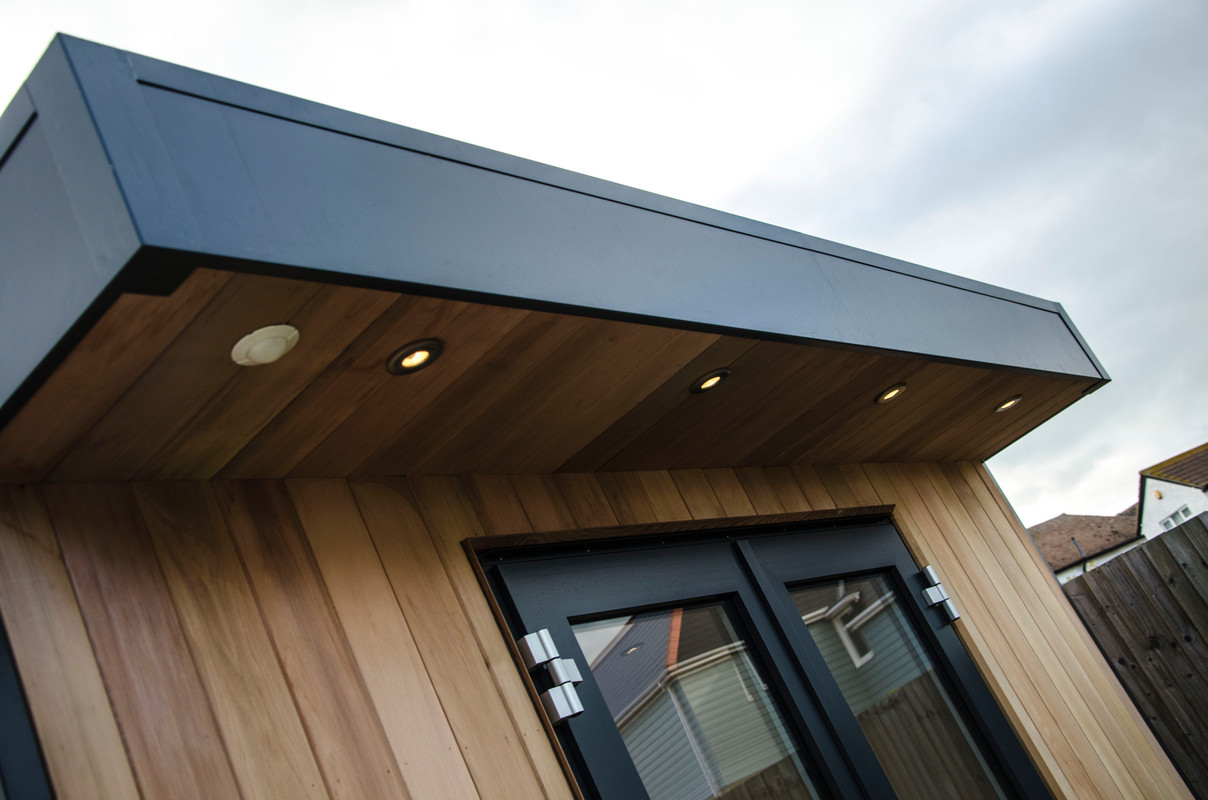The 7 Most Common Mistakes to Avoid When Choosing Wooden Outdoor Structures
The 7 Most Common Mistakes to Avoid When Choosing Wooden Outdoor Structures
Blog Article

1. Ignoring the Right Type of Wood
One of the most significant errors people make is selecting the wrong type of timber. Different types of timber have varying levels of resilience, tolerance to climate conditions, and maintenance needs. High-quality woods like Teak are ideal choices because they naturally fend off decay and pests, making them ideal for external use.2. Not Considering Local Climate Factors
The UK’s unpredictable climate can damage outdoor units. Neglecting to consider how precipitation, gales, and temperature fluctuations will influence your timber structure can lead to accelerated degradation. Make sure to opt for treated materials and protective treatments to prolong lifespan.3. Overlooking Proper Base Preparation
A frequent oversight is not taking the time to set up a solid base. Wooden structures, especially cabins, need a even and sturdy groundwork to avoid issues like warping and movement. A poorly constructed base can cause long-term support issues, so investing in proper site preparation is essential.4. Choosing the Incorrect Size
Many garden owners either underestimate or underestimate the space requirements of their wooden structures. Undersized, and you might quickly outgrow it; oversized, and it could dominate your garden. Before buying, carefully calculate the usable space and think about how you’ll use the building in the long run.5. Not Factoring in Upkeep
Wood requires upkeep to stay in top form. Neglecting to regularly seal, paint, or weatherproof your wooden addition can lead to discoloration, rot, or termite damage. If you prefer a easy-care option, go with pre-treated timber that requires less upkeep.6. Avoiding Professional Assembly
While DIY jobs can be rewarding, building a wooden addition without expert assistance can lead to safety concerns. Consulting experienced craftsmen ensures proper construction, saving delays, effort, and future repair costs down the road.Final Thoughts
Avoiding these frequent mistakes will help you get a wooden garden structure that is long-lasting, functional, and beautiful. If you're looking for professional advice and premium craftsmanship, consider working with the specialists in summer house glasgow tailored services that suit your needs. Report this page